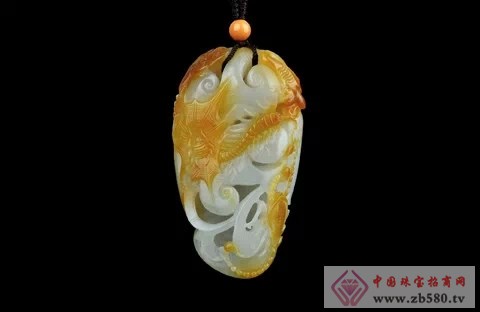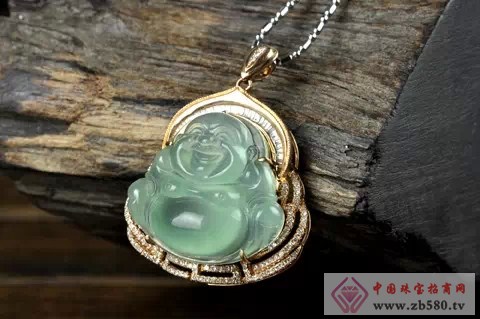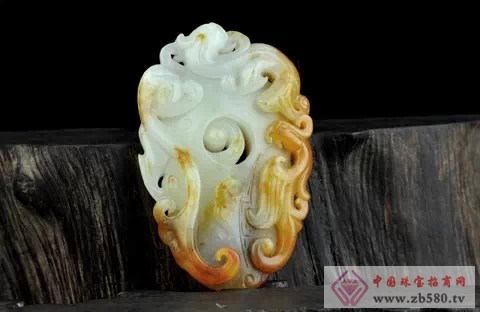There are stones everywhere on the earth. Every civilization has experienced the Stone Age. Stone cultures around the world are also very developed. However, in the Neolithic Age, stone rituals represented by jade appeared gradually on the land of China. Since then, China's stone culture has made a difference with other civilized stone cultures, and finally established its own unique cultural attributes.
In the large number of lines that contact, utilize, process, and process stones, our ancestors face a problem: if the stone is too soft, easy to process, but not wearable, it can not be used for a long time; if the stone is too hard, wear resistant It can be used for a long time, but the processing is extremely difficult. In the face of choice, most people tend to a compromise, that is, choose a moderate hardness, but in a hard, relatively suitable for the purpose of use, wear-resistant stone processing. In other words, too hard stones will be eliminated. However, in the process of social division of labor, the processing of harder stones has not disappeared, but has gradually emerged. Our ancestors found that such items that need to be processed by more manpower and material costs inherently contain the same amount of value as the cost, and as a form carrier of this value, can exchange the same amount of value. Subsequently, this exchange gradually evolved into a concept that everyone agreed with each other - the possession of a similar stone device is equal to the possession of productivity. Therefore, the meaning of processing stone-like tools has been changed: its use value has gradually decreased, even disappeared, and there is no practical value to pay, but instead opened up a space that can accommodate more meanings.

In addition to the hard, delicate, and scratch-resistant characteristics, the colorful, warm, and special texture of the beautiful stone was also selected in the process of processing a large number of stone tools, and gradually became a special material for making ceremonies. This is jade. When the stone is called jade, it is not the specific reference of a certain stone, but the representative of all the beautiful stones that meet the above characteristics and originated from the local. The status of jade is established because of its own multiple characteristics - these characteristics make our ancestors convinced that jade is the best representative of faith, power, wealth, aesthetics, and even the world. High-quality jade rituals are unearthed in many cultural relics such as Hongshan, Liaoning, Liangzhu, Zhejiang, and Jinsha, Sichuan. They are like kaleidoscopes, reflecting the various information of social life at that time.
The jade that is made into a ritual is not only accepted by the ritual, but also implemented as a device. The ancestors gave certain representative objects a specific property, such as sacredness, and the artifacts thus gained their own meaning, as if they were intrinsic properties, which in turn dominated the attitude of people to treat things - even though this property is The person gives the artifact, and after the sage makes a complicated ceremony, it is absorbed by the artifact. Thus, from the personal cultivation to the "ruling the country", and the ethical norms of benevolence and morality, can be attached to specific artifacts. Our ancestors made it possible to "hidden rituals in jade". "Tibetan in jade", coupled with the dangers of picking jade and the mysterious nature of the jade environment, not only makes jade expensive, but also put on the coat of faith. In the Han Dynasty, the place where jade was produced has been considered to be a fairy. Kunlun Mountain mythology, Xiwangmu belief, jade burial, jade jade, a large number of jade carvings, Xianshan immortals, and the sea three mountains in the garden all have a great relationship. The peak of jade culture in Chinese history has arrived. Even if he later catches up with "the ritual is broken," jade is no longer a symbol of power, and "hidden rituals in jade" can quickly become "hidden belief in jade" and "hidden wealth in jade" until "hidden emotions in jade" "Replaced." The history of the next year 2000 also shows by fact that the meaning space of jade does not fall and rises. Chinese people prefer jade.

Jade can no longer return to the natural simplicity of Chinese culture. From the beauty stone was selected in the stone, to the local jade in the beautiful stone, and finally Hetian jade stood out from all the jade. Then, the jade represented by Hetian jade, in turn, replaces all the stones, and the nature, history, culture, and politics behind them. This vein covers almost a thousand years of civilization development history in China. The influence of jade penetrates into all aspects of social life, even in the blood of Chinese people, and becomes part of the Chinese cultural genes.
The development of the ceremony, let the jade and jade-like stones get the special favor of the Chinese. "Pipe", "Xunzi", "Book of Rites", "Said the text", etc., all mention that jade has all kinds of beautiful virtues. In addition to talking about some of the natural attributes of jade, these words actually emphasize that a noble person and jade share a common cultural connotation. Under the influence of Confucius's thought of "the gentleman is better than the jade", these stones, which are loved by the ancestors, are not only given mysterious colors, but also in the continuous evolution of history, generating rich aesthetic attributes.

The first is that Chinese people like jade people. It is easy for us to find some words that use jade to describe and describe people, such as "literate and gentle, then gentleman", "Yushu Linfeng", "slim and sturdy", "nearly jade, can not be complete", etc., they all prove the beauty of the stone and the Chinese at a deep level. Close contact. Then the Chinese liked the stones like the noblest people. From jade-like jade, to people who like jade, to stones like the noblest people, these three progressive relationships seem to indicate the historical truth of Chinese stone culture—that is, the preservation of stone. Under the premise of the natural attributes, the Chinese like stones like themselves.
Those who are like jade must be wrapped in rituals. Moderation, chaos, gentleness, and introversion are the temperament of jade, and they are valued by Confucianism who later promoted jade. Many powers are attached to Confucian theory and become the basis for social development in China. A society composed of people like jade must be as jade-like, super stable, strong and peaceful. There are also "golden rules" that can be engraved on the stone and engraved in our brains.
Hometextile Fabric,Home Textile Fabric,Home Textiles,Cotton Home Textiles,
SHAOXING MAIRUI IMPORT AND EXPORT CO., LTD , https://www.sxmairui.com